Not just for the garden—but for my own renewal
The Quiet Ritual Before Growth
Every year, sometime between late winter and early spring, I find myself crouched over the soil again. It starts with simple actions: clearing debris, turning the earth, checking moisture levels. But these gestures—repeated across seasons—feel more like ritual than routine. They mark the beginning of something I can’t fully see yet.
Preparing the garden isn’t just a chore. It’s a kind of reset. The soil becomes metaphor. What do I need to loosen? What needs composting, not carrying forward? Somehow, tending the land reminds me that growth—real growth—starts beneath the surface.
Seedlings Need a Home That’s Ready
It’s tempting to plant quickly: rush the process, tuck seedlings into whatever space is available, and hope nature catches up. But I’ve learned the hard way that vegetables respond to what they’re given. If the soil isn’t well-prepped—if it’s compacted, dry, or stripped of nutrients—everything struggles.
Tomatoes turn leggy. Lettuce wilts. Beans stall. It’s not dramatic failure; it’s quiet erosion. So now I take time. Add compost. Check pH. Break up clumps. Remove what doesn’t belong. It’s slow work, but when the seedlings go in, they find space. They root easily. They belong.
And in that act of preparing—not planting—I start to feel more rooted myself.

What Gardening Reminds Me About Creativity
There’s a parallel I can’t ignore – how soil preparation mimics creative recalibration. When I’m stuck mid-year, when ideas feel forced, when goals lose their meaning—I don’t push forward. I go back to the ground.
I revisit old notebooks. Reframe timelines. Clear mental clutter. It’s invisible work, and yet crucial. Just like composted soil, it gives my next chapter somewhere to grow. Gardening reminds me that productivity doesn’t start with plans—it starts with conditions. When the ground is ready, everything else finds its way.
It’s Not Just About Vegetables
Yes, I want fresh spinach. Snap peas. Basil I can actually cook with. But it’s also about trust. Trusting the season. Trusting myself to begin again. Trusting that cycles—even those we can’t control—still invite us to participate.
Getting the soil ready feels like reclaiming possibility. I’m not racing toward harvest; I’m making space for things to unfold on their own terms.
What I’m Doing, Tangibly
Here’s how I prep my soil, step by step:
- Clear winter debris – dead leaves, broken branches, leftover mulch
- Turn the top few inches of soil – aerate and loosen compaction
- Mix in compost – kitchen scraps, cured manure, leaf mold
- Check drainage – make sure water won’t pool or suffocate roots
- Test pH – some vegetables prefer slightly acidic soil
- Pause – let the soil settle a day before planting
It’s not glamorous, but it works. And every gesture feels like care.
Adding Texture and Balance
Beyond compost and structure, I’ve started incorporating more nuanced ingredients into my soil—especially for beds dedicated to delicate seedlings or containers.
- Coir, made from coconut husk, gives my soil a softer feel. It retains moisture without compacting and helps roots stretch gently, especially in early growth stages.
- Perlite adds breathability. Those small white specks act like tiny air pockets, improving drainage and preventing root rot in areas where water might otherwise pool.
- Sphagnum moss holds water beautifully without drowning the roots. I think of it as a sponge that whispers: “I’ve got this—take your time.”
Each of these amendments adds something subtle but crucial, structure, softness, stability. I’ve found that customizing soil this way—treating it as an evolving recipe—makes a difference in both yield and resilience.

The Emotional Terrain Beneath the Soil
Soil holds history. The earth I’m working wasn’t always a garden—it’s been walked on, rained on, forgotten, reclaimed. Sometimes I wonder how much of myself is buried there, too. Each shovel feels like excavation. Each handful of compost, a way of forgiving the seasons that didn’t bloom. Gardening gives me a safe space to feel what’s unresolved without needing neat conclusions.
Letting Go Is Part of Growing
Before anything new can thrive, something old must be released. Maybe that’s why I rake more than I plant during this phase. There’s a kind of honesty in pulling out what no longer serves. Not just weeds—but expectations, comparisons, even last year’s plans. In making literal room for new roots, I’m practicing emotional decluttering too.
Resilience in Small Beginnings
Seedlings don’t burst forth like fireworks—they edge into life gradually. And yet they contain entire harvests in their tiny frames. Watching them reminds me that starting over doesn’t have to be dramatic. A single spinach sprout pushing through loose soil is enough proof – small efforts matter. If they trust the process, I can too.
Building Trust With My Land
I used to treat the soil like a tool—just something to manipulate. Now I see it as a relationship. The land responds to how I engage with it. If I overwater, it pushes back. If I listen—watch moisture patterns, dig gently, protect microbial life—it softens. Working with soil isn’t control. It’s a quiet collaboration.
The Garden as Feedback Loop
Every garden tells me something: what’s thriving, what’s struggling, what’s changing underneath. If I pay attention, it becomes a real-time mirror for my own patterns. Am I rushing? Am I over-tending? Am I avoiding the root issues? Soil doesn’t lie. It shows me what needs rebalancing—and gives me space to recalibrate without judgment.
In Closing
This year, I’m tending more than just land. I’m tending patience. Possibility. The quiet belief that even now—even if things feel flat or delayed or uncertain—something will grow. The seedlings don’t ask me to be perfect. Just prepared.
Join the Discussion
Are you prepping soil or space for something new this season—garden or otherwise? What rituals help you reset before you begin again? Share your tips, your soil secrets, or what planting means to you beyond the vegetables.

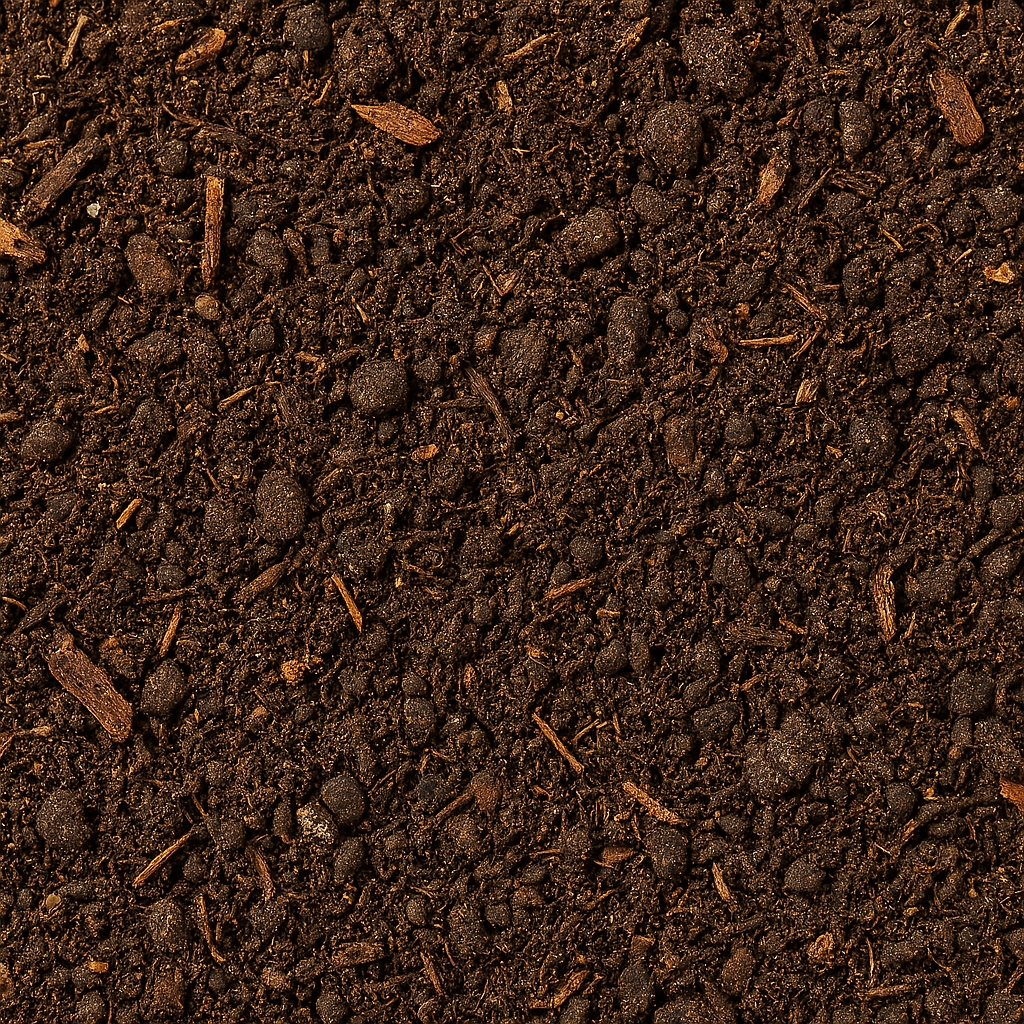
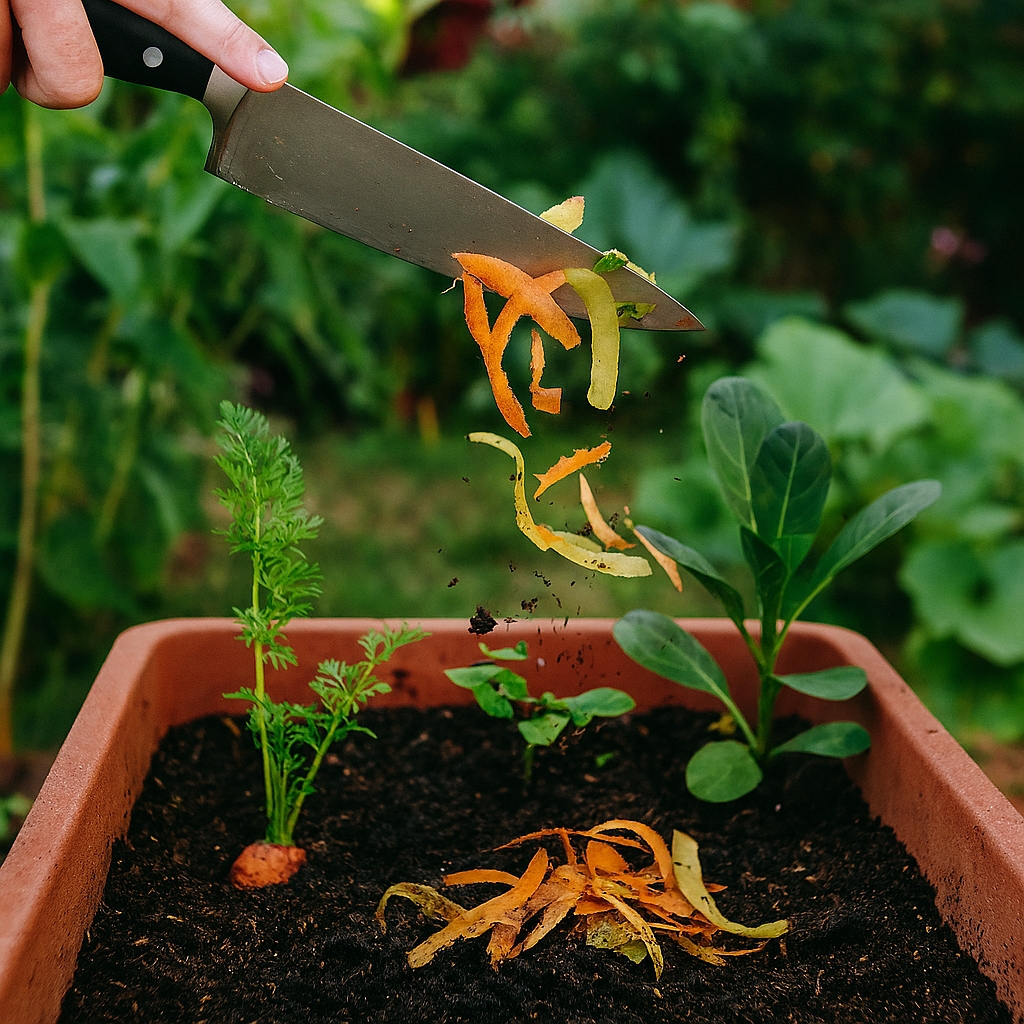
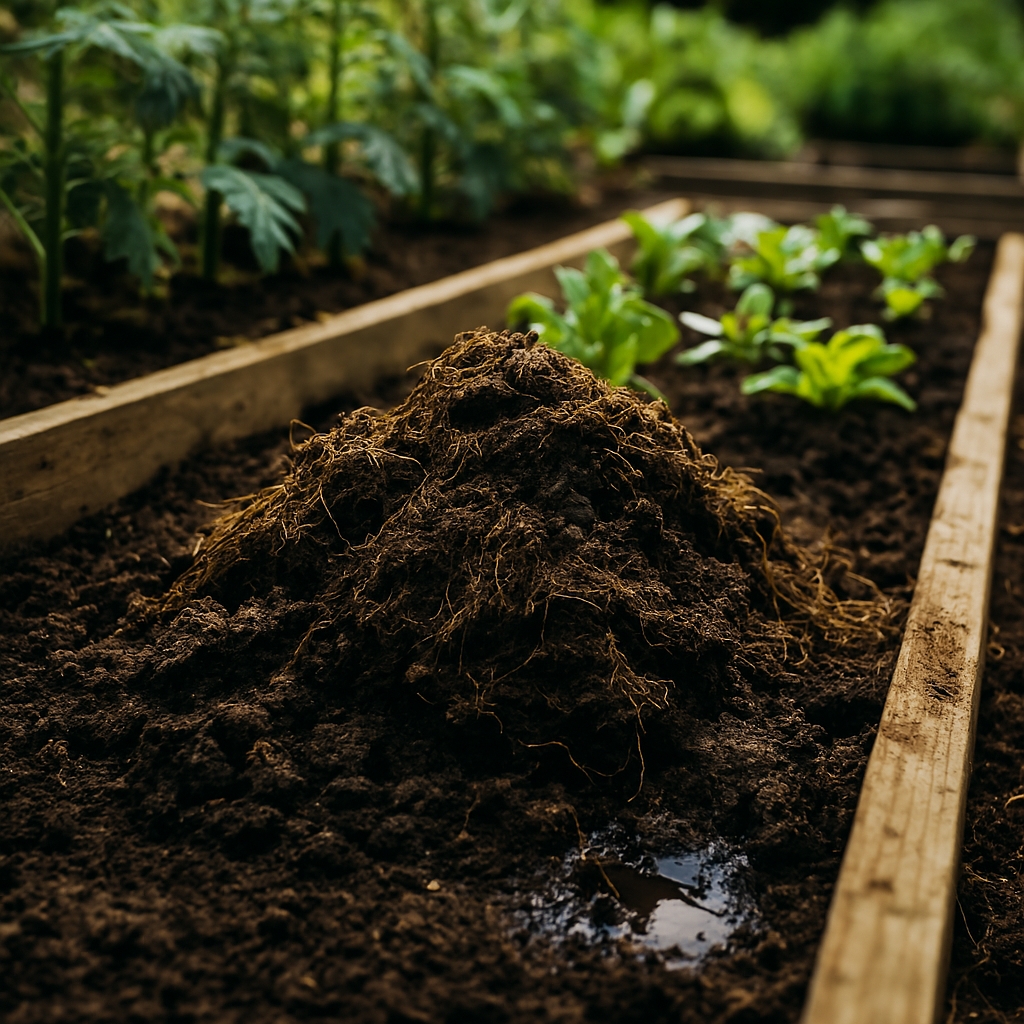
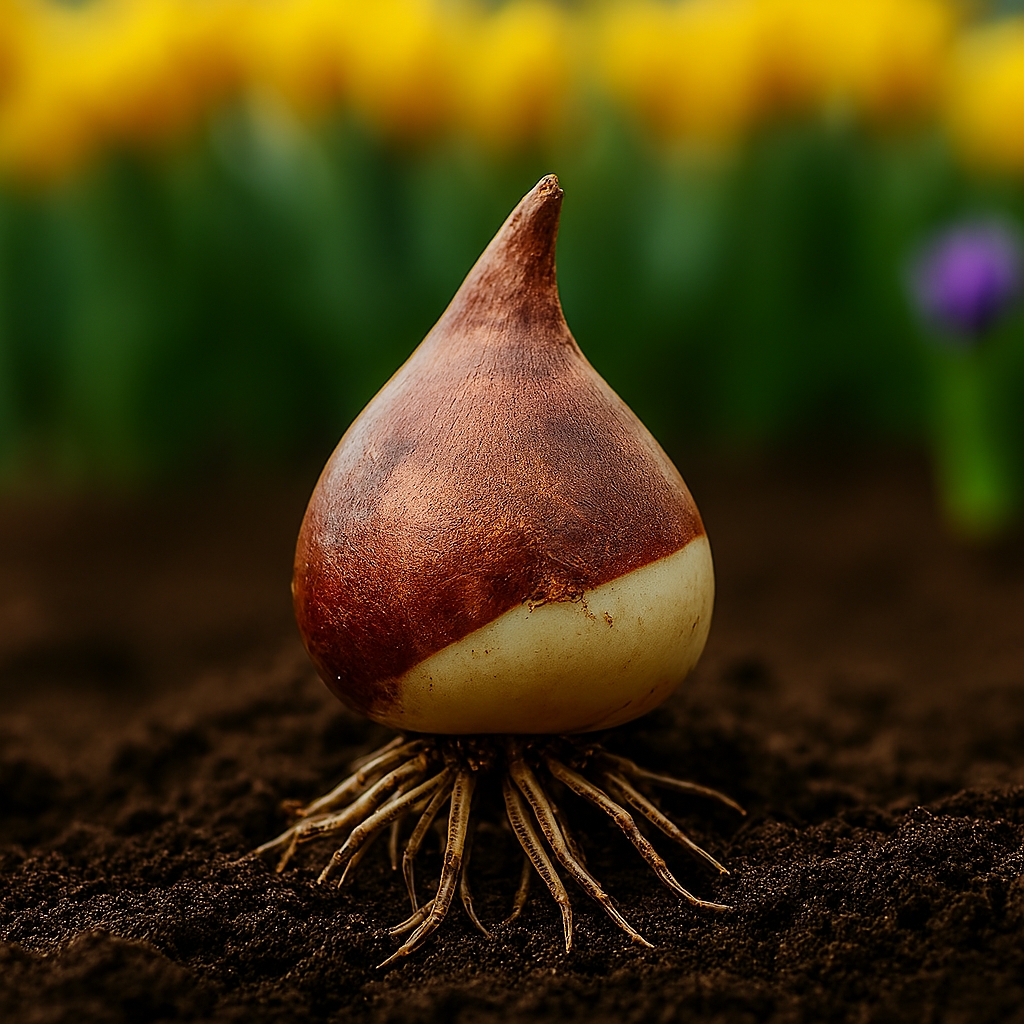
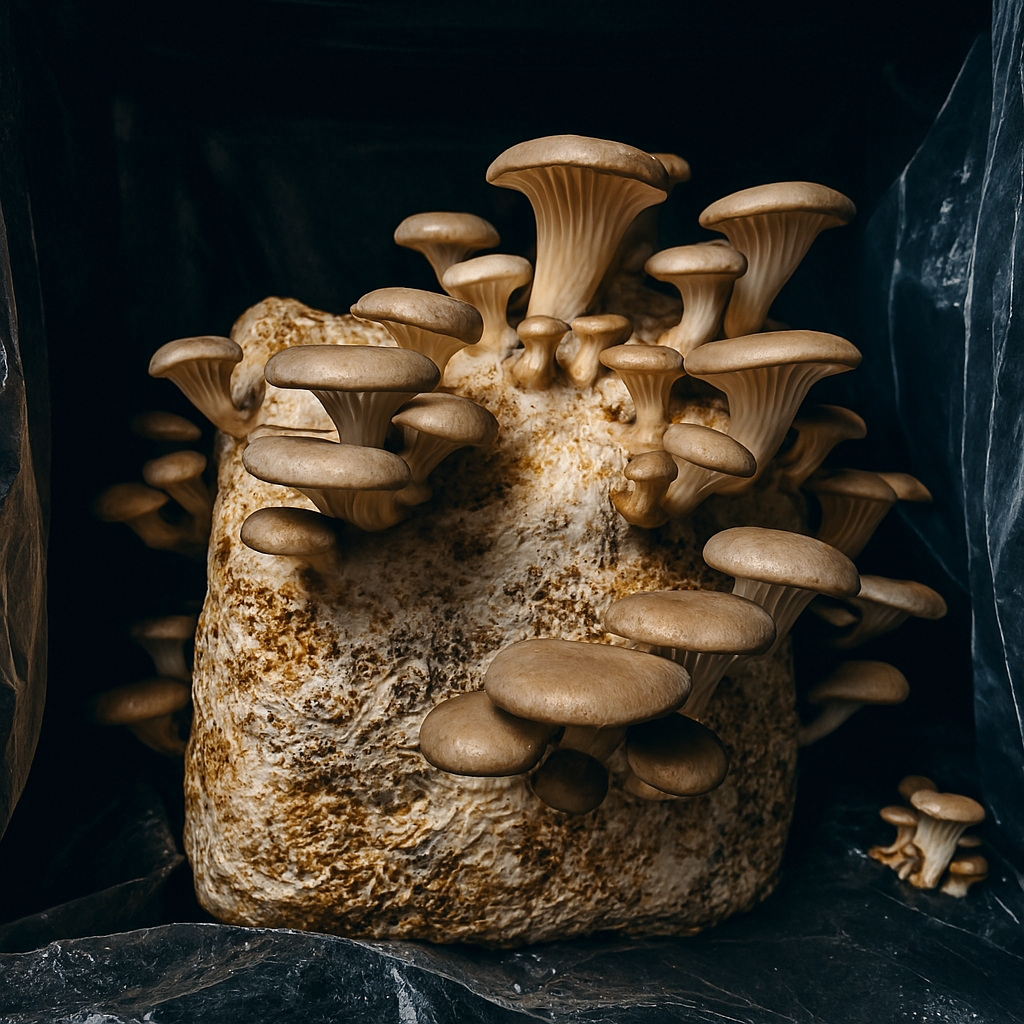
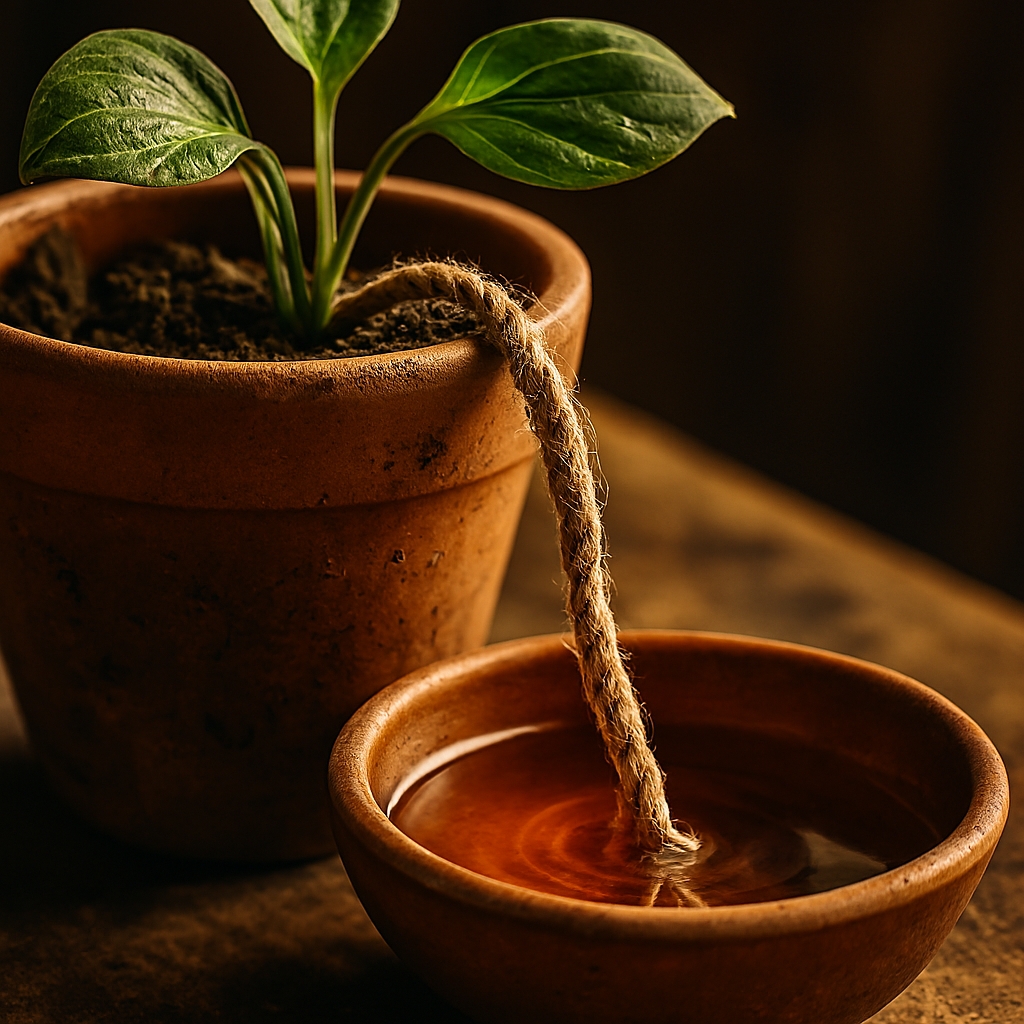
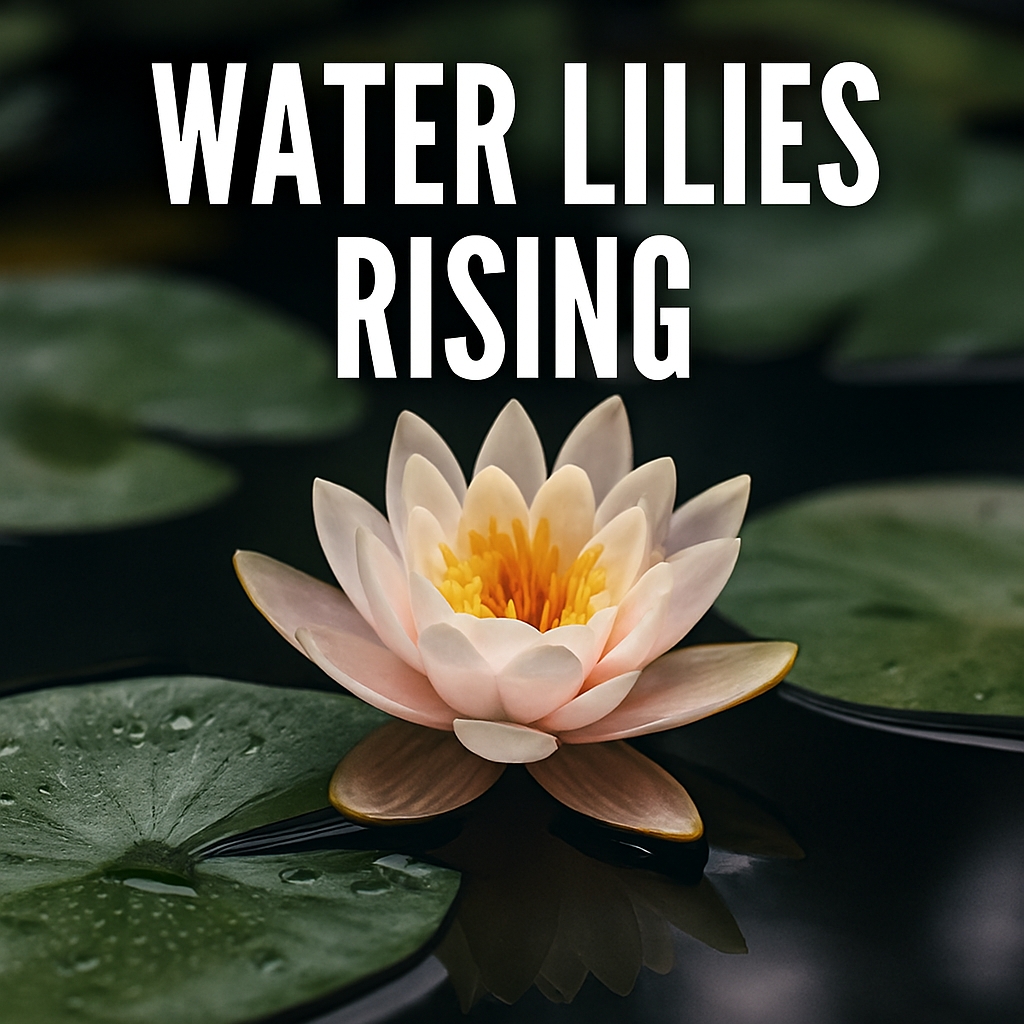
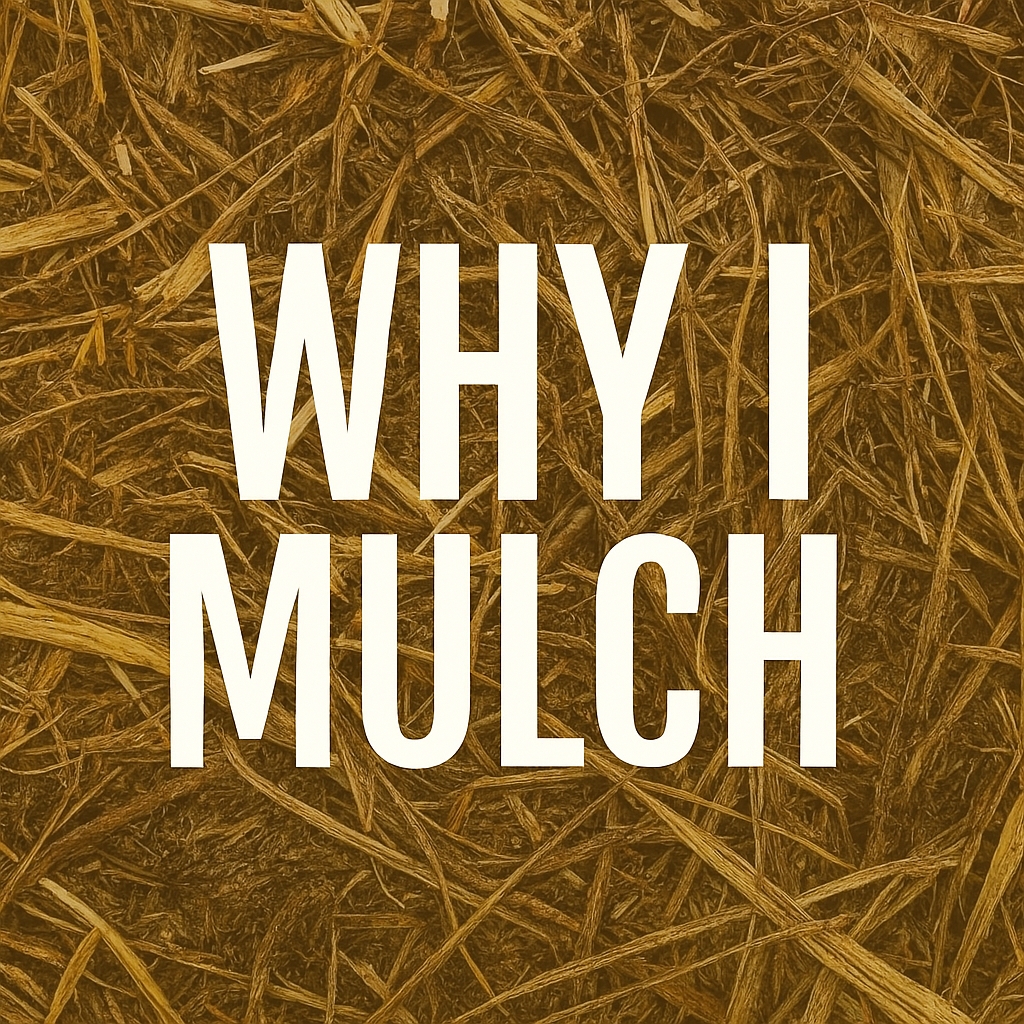
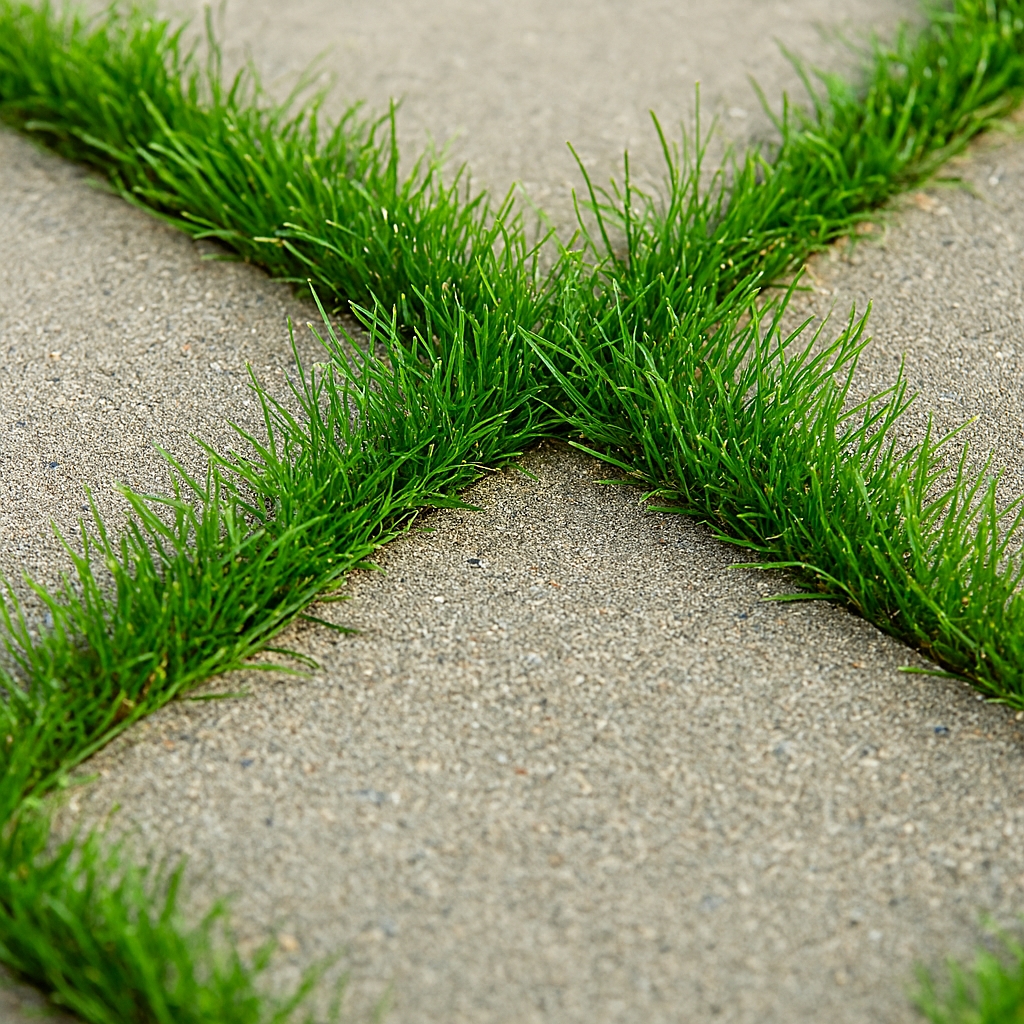
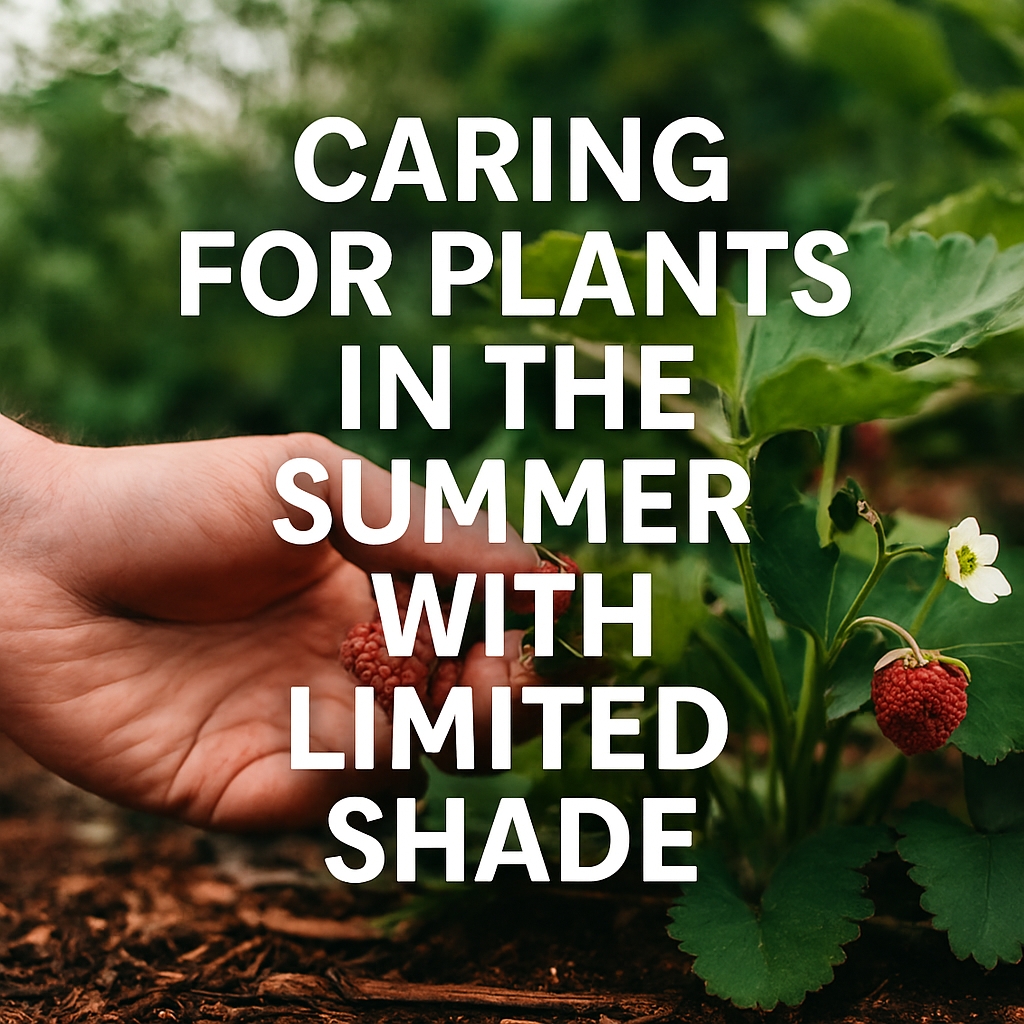
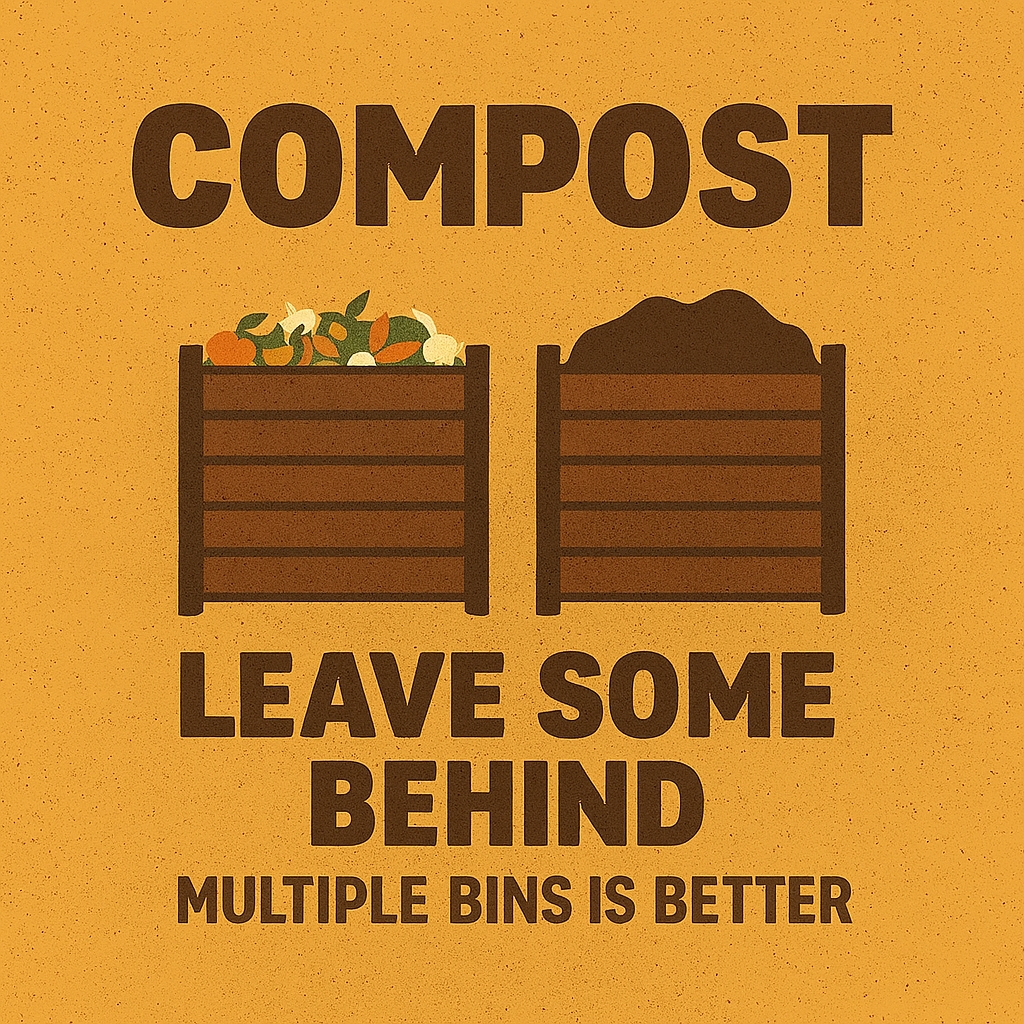
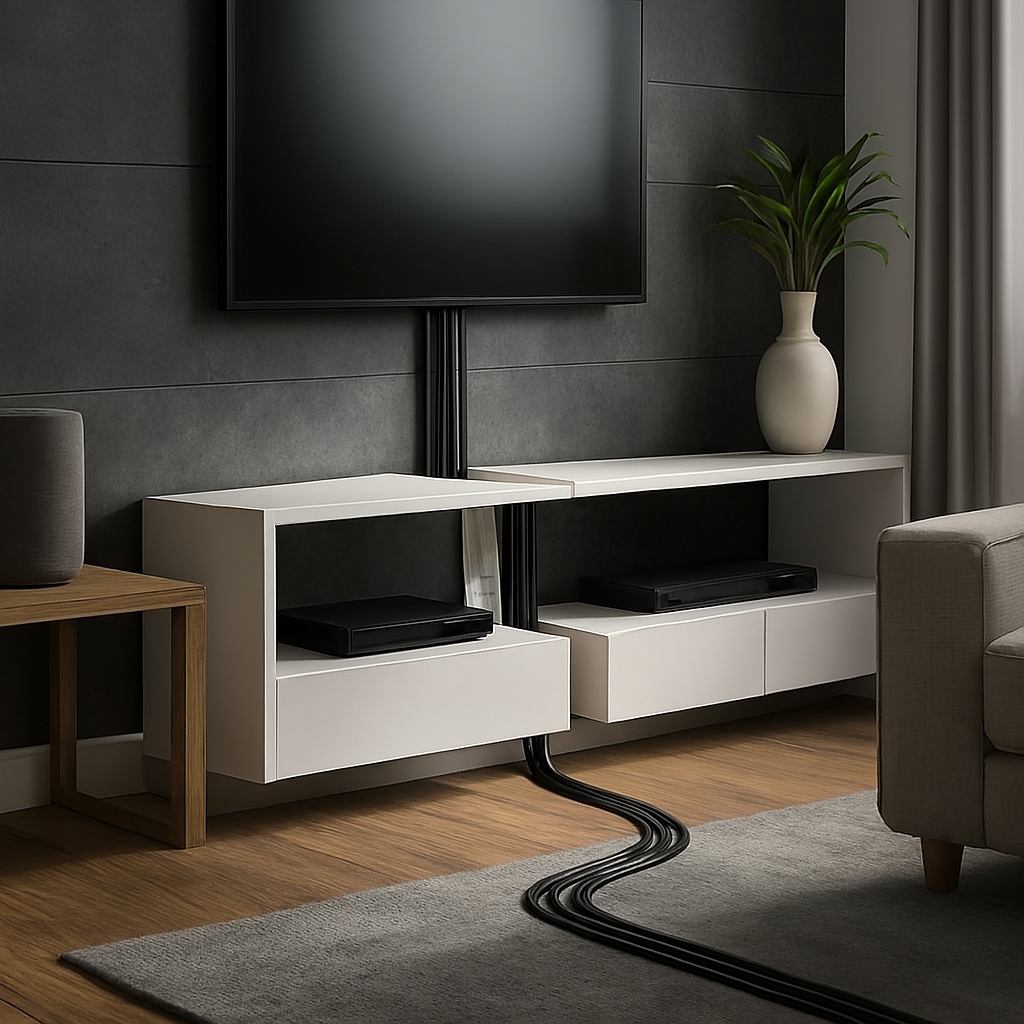
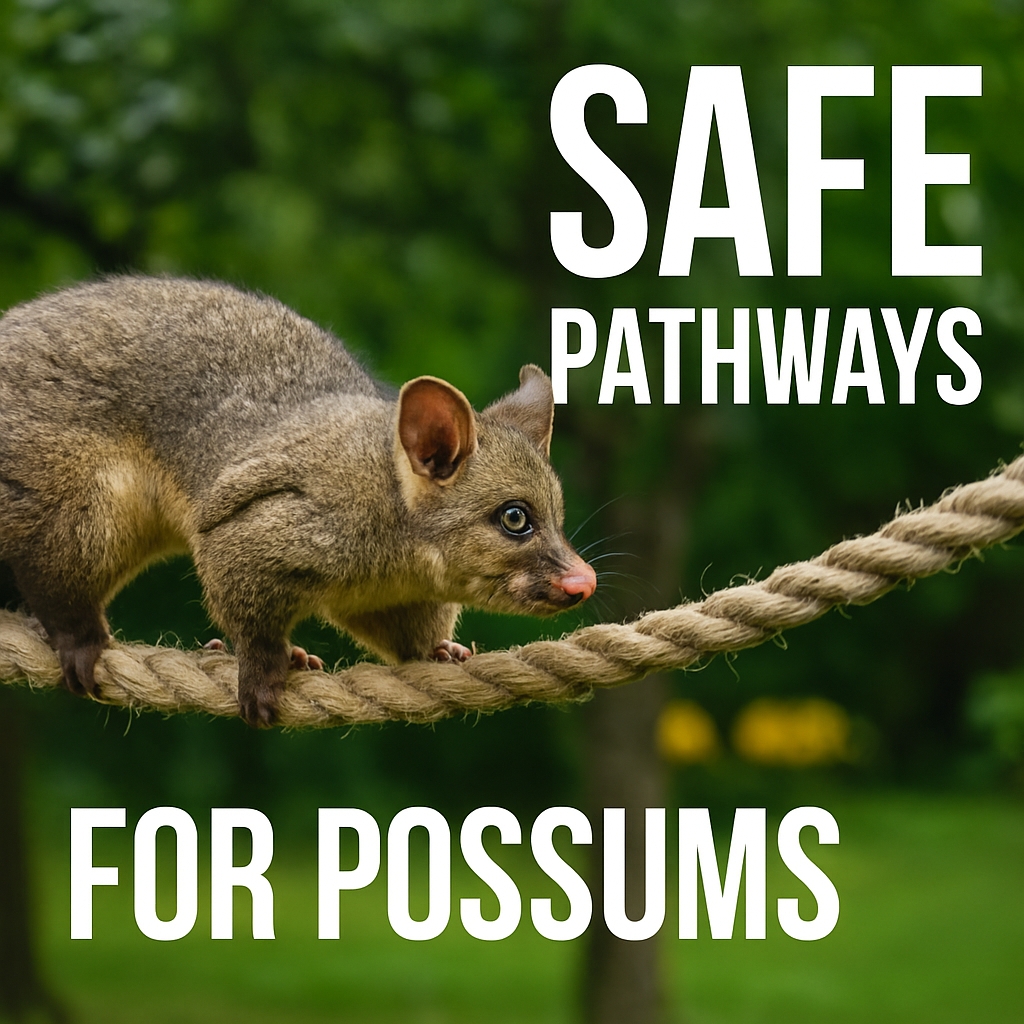
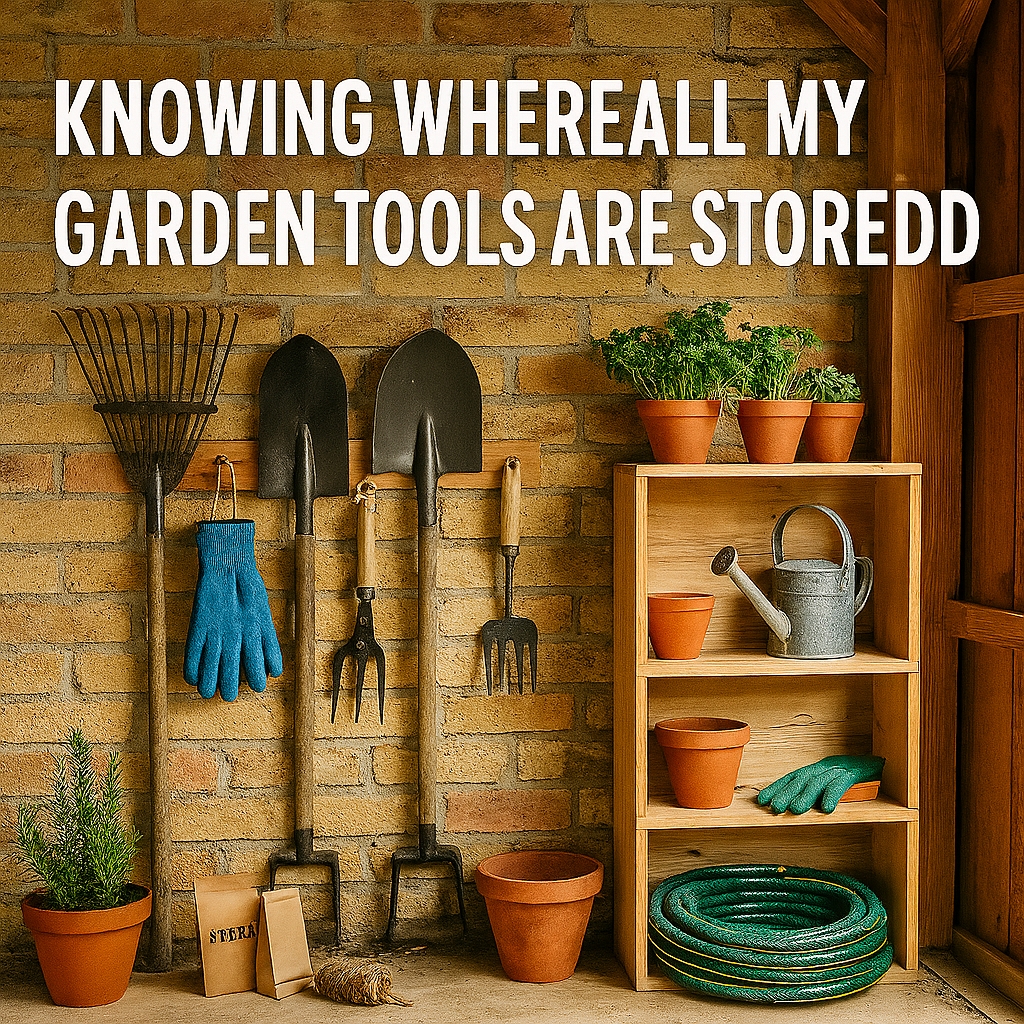
Leave a Reply